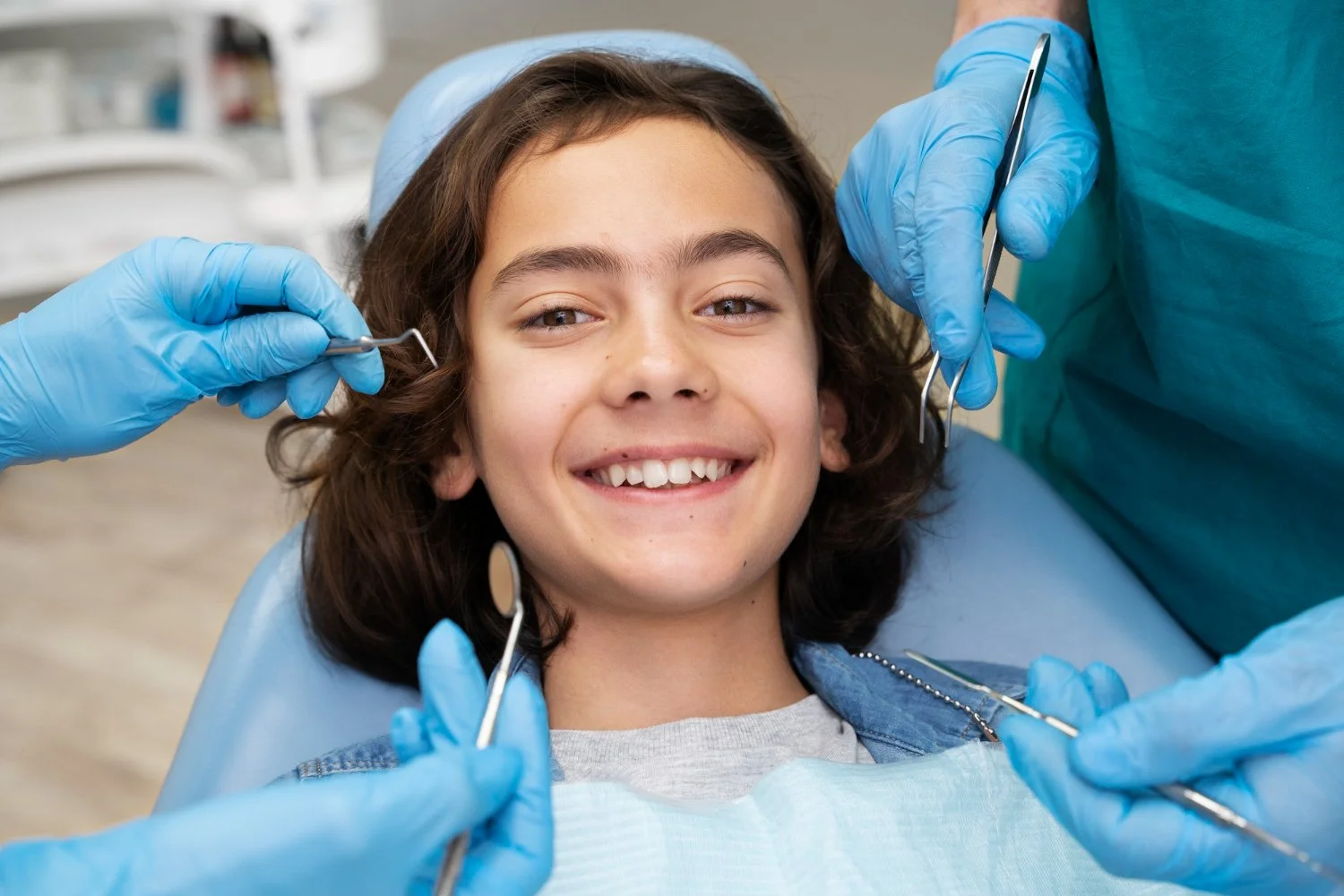What To Watch Out For After Your Child Gets Local Anesthetic
Your 6-year-old has a cavity. The dentist reassures you that the filling can be done with local anesthetic and maybe a little nitrous oxide, commonly known as laughing gas. Although this is the first time your child has experienced getting and being numb – and getting a filling – all goes smoothly. Quite frankly, he doesn’t seem stressed by the procedure at all.
Before you leave the office, ask the dentist the following:
Approximately how long will your child be numb for?
Is his tongue, lip, or cheek numb?
Should your child refrain from chewing on that side afterwards? If so, for how long?
Will there be any symptoms later?
What should you watch out for afterwards?
Explain what will happen to your child. As she regains feeling in her mouth, she may experience tingling or itching. This may frighten some children and they may even perceive it as painful. Keep the information neutral, simple, and brief, especially for young children. Older children may be curious and want more details.
Your child may not have eaten prior to the appointment and could be hungry. Avoid any chewing until function and feeling have returned to normal. If necessary, substitute with a smoothie or shake through a straw.
Watch that your child does not inadvertently bite his tongue, lip, or cheek if those areas are numb. Older children can be cautioned against doing this, but younger children need to be monitored. Prolonged biting can cause tissue damage, swelling, and even infection.
The First Meal
Ideally serve your child a meal of softer foods. This is the appropriate time to tell your child to chew on one side provided the dentist recommended it. If the dentist warned of symptoms afterwards, use your judgement whether to share that information. You know your child best. Sometimes just knowing something may happen sensitizes a patient to expecting that a particular symptom will happen.
Your Behavior Is Important
Children are adept at picking up on non-verbal cues. They can sense if you’re nervous seeing a spider, getting on a roller coaster, or going to the dentist. Research has shown that anxious parents can transfer their dental anxiety to their children. If you have such issues, send your spouse, partner, or family member instead.
Keep your facial expressions, body language, and explanations neutral. Overpraising, such as saying, “Oh, you did SUCH a wonderful job!” can have the opposite effect. It sends a message to your child that this is a negative experience to be conquered and overcome.
Rewards
should also be proportional.
An over-the-top toy emphasizes the child’s “accomplishment” of surviving the injection and filling procedure. Better yet, consider not rewarding the child for what might be viewed as any other ordinary event.
A smarter strategy is to downplay the entire appointment. I routinely used nitrous oxide as a way to relax the child during the injection. One mother of a 7-year-old boy said matter-of-factly and calmly, “He doesn’t need the gas. He’ll be fine.” I agreed to try. To my surprise, not only was the boy fine, but he was curious and cooperative. He behaved as if this was no big deal, in large part because his mother thought the procedure was routine and ordinary.





